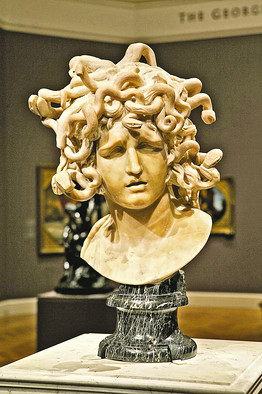 While I was away, the Wall Street Journal published a short “Icon” article I wrote about Bernini’s Medusa, at left, which is on view at the Fine Arts Museums of San Francisco. It’s on loan from the Capitoline Museums in Rome, the second in a series, as I wrote.
While I was away, the Wall Street Journal published a short “Icon” article I wrote about Bernini’s Medusa, at left, which is on view at the Fine Arts Museums of San Francisco. It’s on loan from the Capitoline Museums in Rome, the second in a series, as I wrote.
It’s a beautiful piece, as you can see, but part of the story had to be left out because of the brevity required by Icon articles. For Medusa, Bernini was channeling his former lover, Costanza Bonarelli, who — as the article does say — Bernini had caught also having an affair with his own brother. He depicted her as Medusa, who had also been punished for having an affair (with Neptune), and the piece captures her just as her ahir is being transformed into writhing snakes.She is crying out with anguish.
The earlier, companion, piece (which was made for the Borghese family) is in the collection of the Bargello Museum in Florence — it’s a tender rendering of Bonarelli, circa 1636-38, and I’ve pasted it at right below.
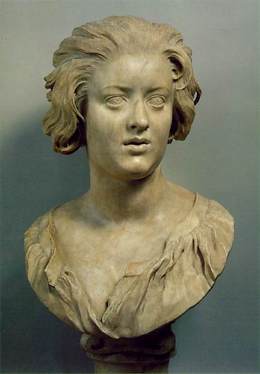 As many art historians noted, Bernini loved to work in marble. According to Charles Scribner III, a Bernini scholar whom I quote in the WSJ piece, his son Domenico once said that Bernini manipulated marble as if it were “as malleable as dough or as pliable as pasta.”
As many art historians noted, Bernini loved to work in marble. According to Charles Scribner III, a Bernini scholar whom I quote in the WSJ piece, his son Domenico once said that Bernini manipulated marble as if it were “as malleable as dough or as pliable as pasta.”
Good quote even if it’s apochryphal. Bernini is also, of course, renowned for capturing a fleeting moment, though less so in his tender portrait of Bonarelli.
As I was doing research before filing the Medusa icon piece, I tried to find out how many Berninis reside in the United States. I did not come up with a definitive number, but I believe it’s only a handful. Obviously, many of his works are so large, so fragile or so untransportatable that the can not be moved here. But the Getty Museum had a portrait bust exhibition called Bernini and Baroque Portraiture in 2008. I wish I had seen it. For the most curious among you, there’s a slide of some works in that exhibit at that link.
Photo Credits: Courtesy of the Fine Arts Museums of San Francisco (top).

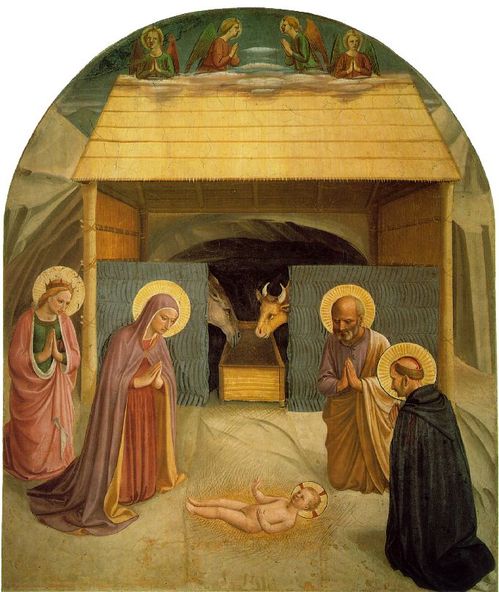
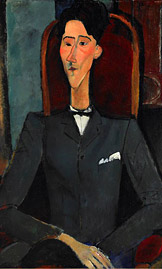 The Princeton University Art Museum is a prime example. James Steward, the director, said two years ago, when he was appointed, that he wanted to rearrange the collection to make it more accessible to more people. Now the reinstallation is complete. I hasten to add that I have not seen it, but I’ve gleaned this information from the Princeton article, in which Steward says:
The Princeton University Art Museum is a prime example. James Steward, the director, said two years ago, when he was appointed, that he wanted to rearrange the collection to make it more accessible to more people. Now the reinstallation is complete. I hasten to add that I have not seen it, but I’ve gleaned this information from the Princeton article, in which Steward says: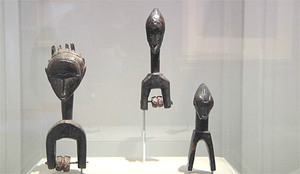
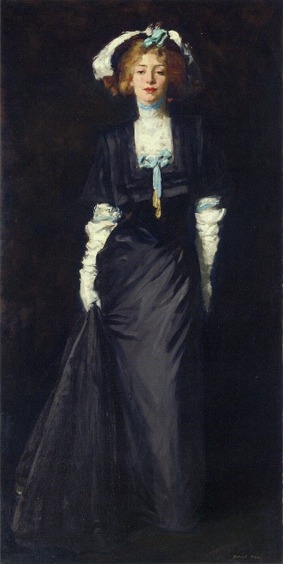
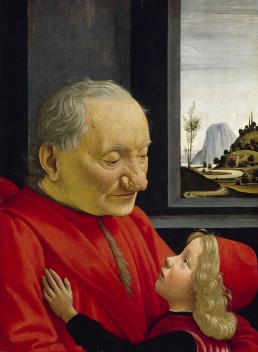 Tomorrow is a big day for the Metropolitan Museum:*
Tomorrow is a big day for the Metropolitan Museum:* 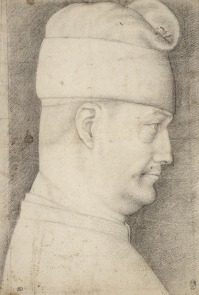 But don’t think that this show comes mainly from the Met collection; there many, many loans from many European collections, including a lot from Germany — the exhibit was co-organized and shown previously at the
But don’t think that this show comes mainly from the Met collection; there many, many loans from many European collections, including a lot from Germany — the exhibit was co-organized and shown previously at the  That’s his Filippo Maria Visconti drawing in charcoal (also from the Louvre) and what Christiansen says is a rare painting by him, Leonello d’Este, from the Accademia Carrara, Commune of Bergamo, at right (sorry he faces the margin).
That’s his Filippo Maria Visconti drawing in charcoal (also from the Louvre) and what Christiansen says is a rare painting by him, Leonello d’Este, from the Accademia Carrara, Commune of Bergamo, at right (sorry he faces the margin).